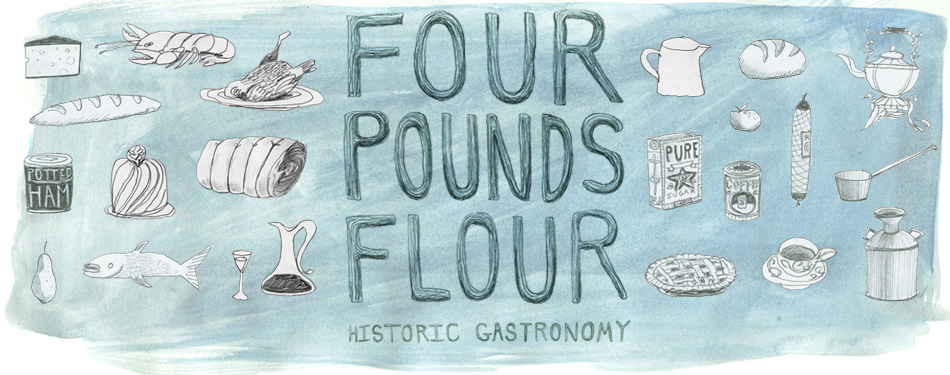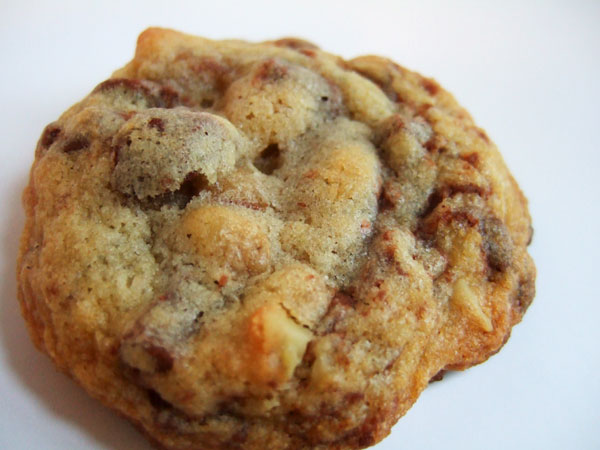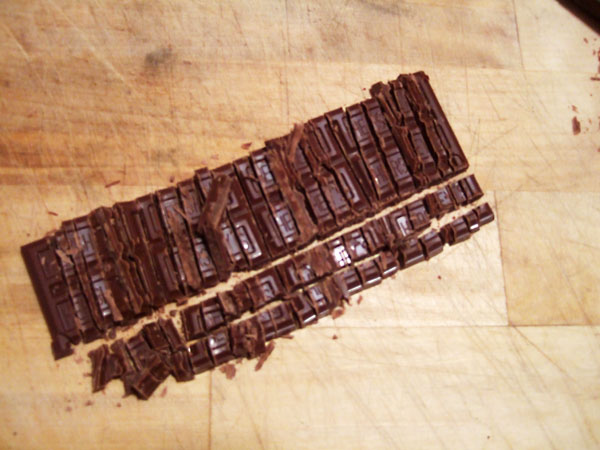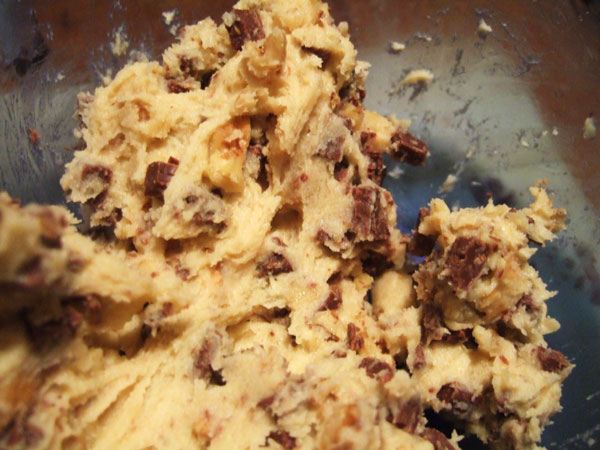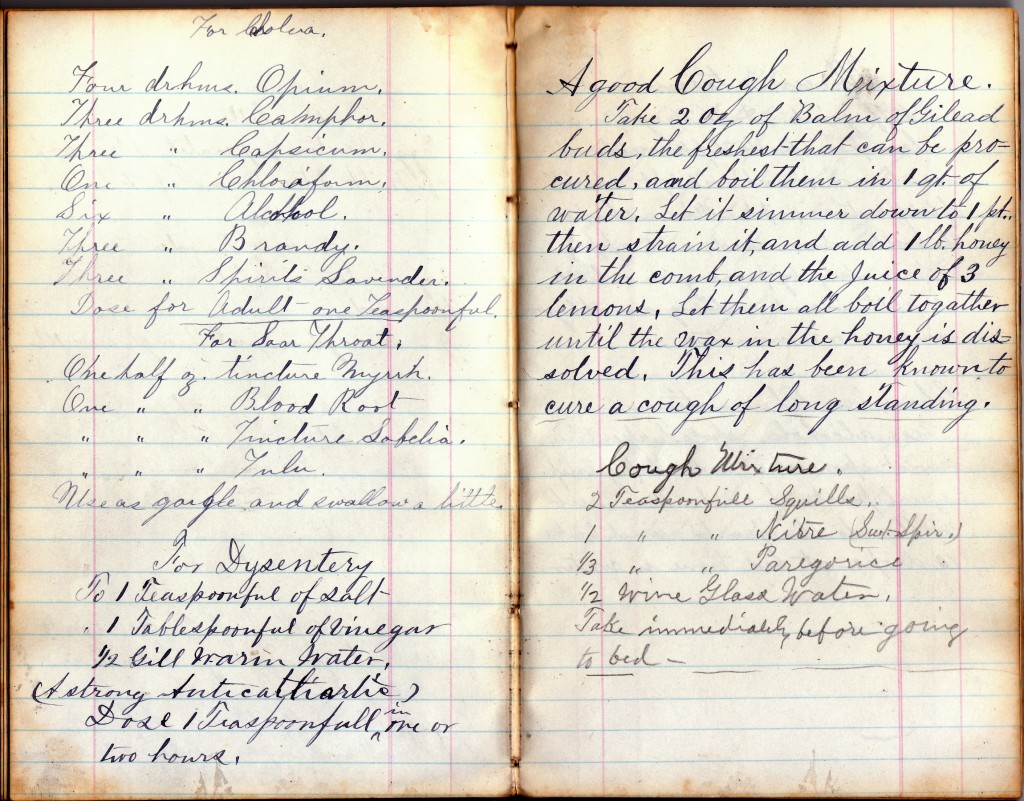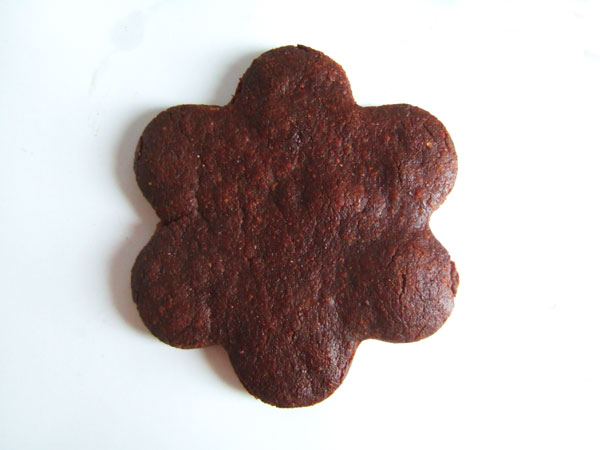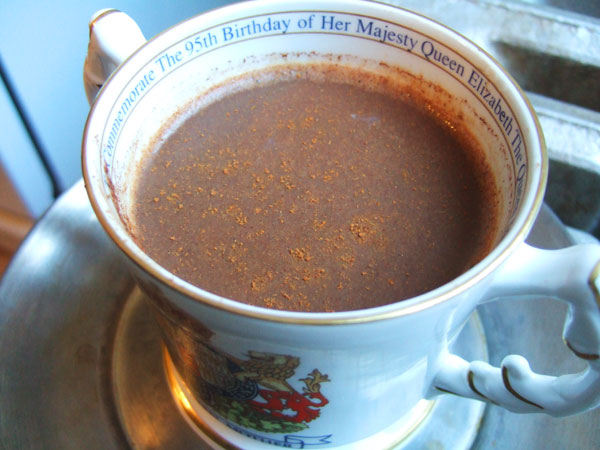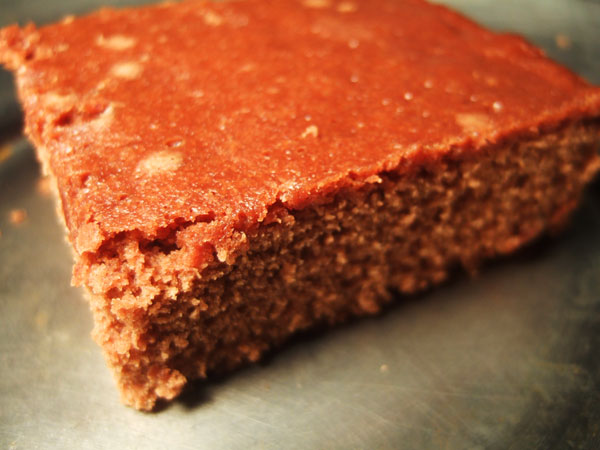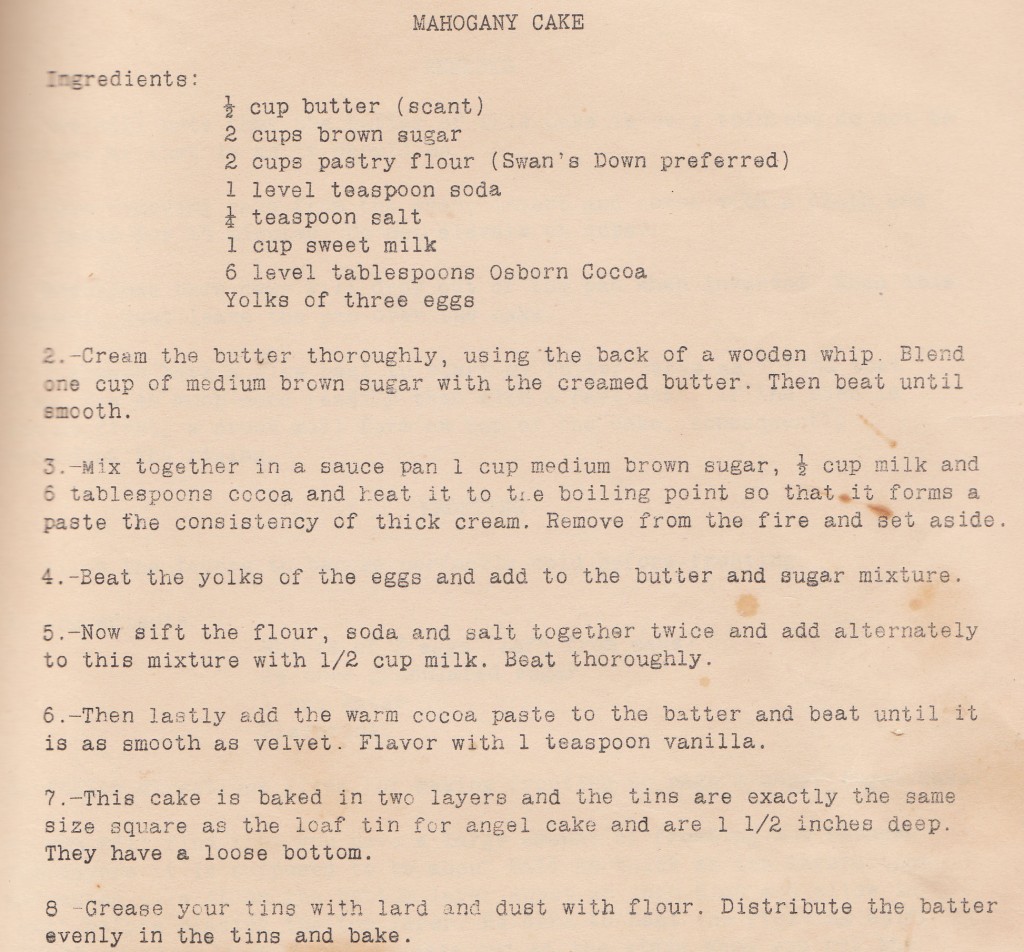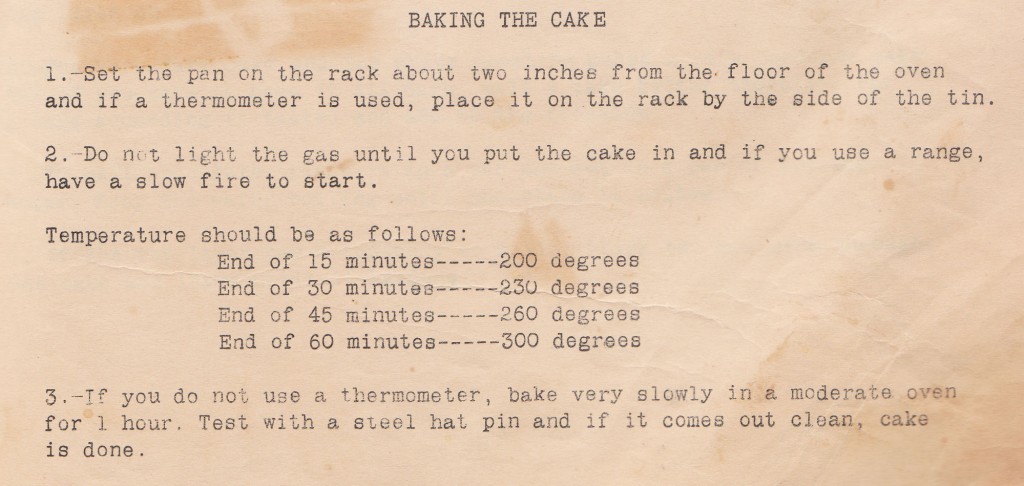Breakfast:
Boiled Eggs (2)
Bread and Butter
Coffee
Dinner (Lunch):
Potato Soup
Hungarian Goulash
Vegetables
Bread
Supper:
Pickled Herring
Fresh Fruit
Bread & Butter
Tea
I worked yesterday, so I did all of my meal prep the night before, carefully labeling Tupperware “M” and “D” to take with me, organizing food in the fridge for my boyfriend.
As I cooked dishes for lunch, I kept encountering problems. I went for the vegetable peeler, then remembered that it was not kosher: it had been washed 100 times with sponges that had touched both meat and dairy. My good knives and my cutting board were in the same boat, so I mangled vegetables with a butter knife over paper towels.
I only had one pot I could use for meat, so I could only cook one dish at a time: the eggs for breakfast first, then the potato soup with chicken stock, then noodles for the Hungarian goulash, then the meat.
The potato soup recipe was a simple one I knew by heart: one stalk celery, one carrot, one onion. Softened in Canola Oil, although I wished I had schmaltz, the more period appropriate, tastier cooking oil. Then, salt and pepper, two large potatoes, and chicken stock bought from the kosher aisle at Gristede’s. Simmered until the potatoes are done; delicious.
For the Hungarian Goulash, I referenced an historic recipe from The Neighborhood Cook Book (1912):
 I had difficulty finding kosher beef. I wandered the Lower East Side, caught in a freezing rainstorm with a broken umbrella. I searched for kosher butcher shops Google said still existed, but were either long closed or somehow hidden from my goy eyes. I began to find myself on streets where the only writing was in Yiddish, on some forgotten corner that didn’t know the Jewish population had moved on fifty years ago. I asked around. I was told to go to Brooklyn. But something stopped me from crossing the bridge in to Williamsburg: there, you can find the Lower East Side of 100 years ago. There I was too different, too foreign. I was too scared to find what I needed there.
I had difficulty finding kosher beef. I wandered the Lower East Side, caught in a freezing rainstorm with a broken umbrella. I searched for kosher butcher shops Google said still existed, but were either long closed or somehow hidden from my goy eyes. I began to find myself on streets where the only writing was in Yiddish, on some forgotten corner that didn’t know the Jewish population had moved on fifty years ago. I asked around. I was told to go to Brooklyn. But something stopped me from crossing the bridge in to Williamsburg: there, you can find the Lower East Side of 100 years ago. There I was too different, too foreign. I was too scared to find what I needed there.
So, shivering and soaked with rain, I ducked into a grocery store that I knew would have a kosher section in the back. Next to a shelf of Hebrew National salamis were a few rows of chicken and turkey labeled “kosher.” I settled on ground turkey for my goulash instead of beef.
I followed the recipe, tasting it after it has been simmering a time with the tomato. It was bland and terrible and lacking the deep red color that I know goulash should have. I have attachments and memories of this dish from my childhood: the Catholics that ended up in my hometown of Cleveland came from the same parts of the word as the Jews that stayed in New York. I tripled the paprika. Then, I remembered a common theme of eastern-European cooking: sweet and sour. I threw in a tablespoon of vinegar and a packet of Sugar in the Raw, and let it simmer over low.
Stirring my pot of goulash, I felt like a jewish housewife. All the steps, the careful cleaning. Meat sponge for the knife that cut the onion for the soup. Dairy sponge for the knife that buttered the Bialy for dinner. So careful. So thoughtful.
How did it all taste? More on that later today.
